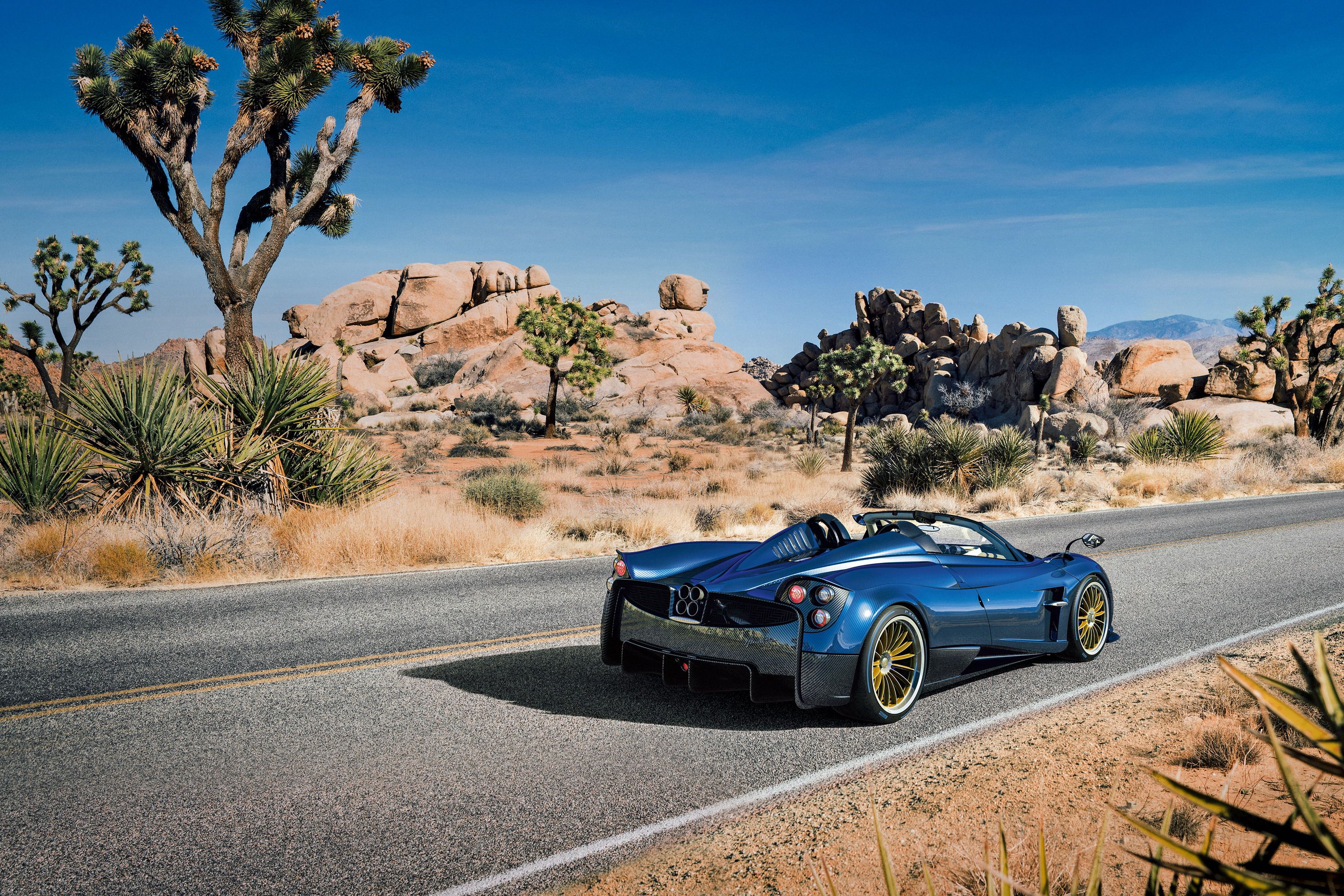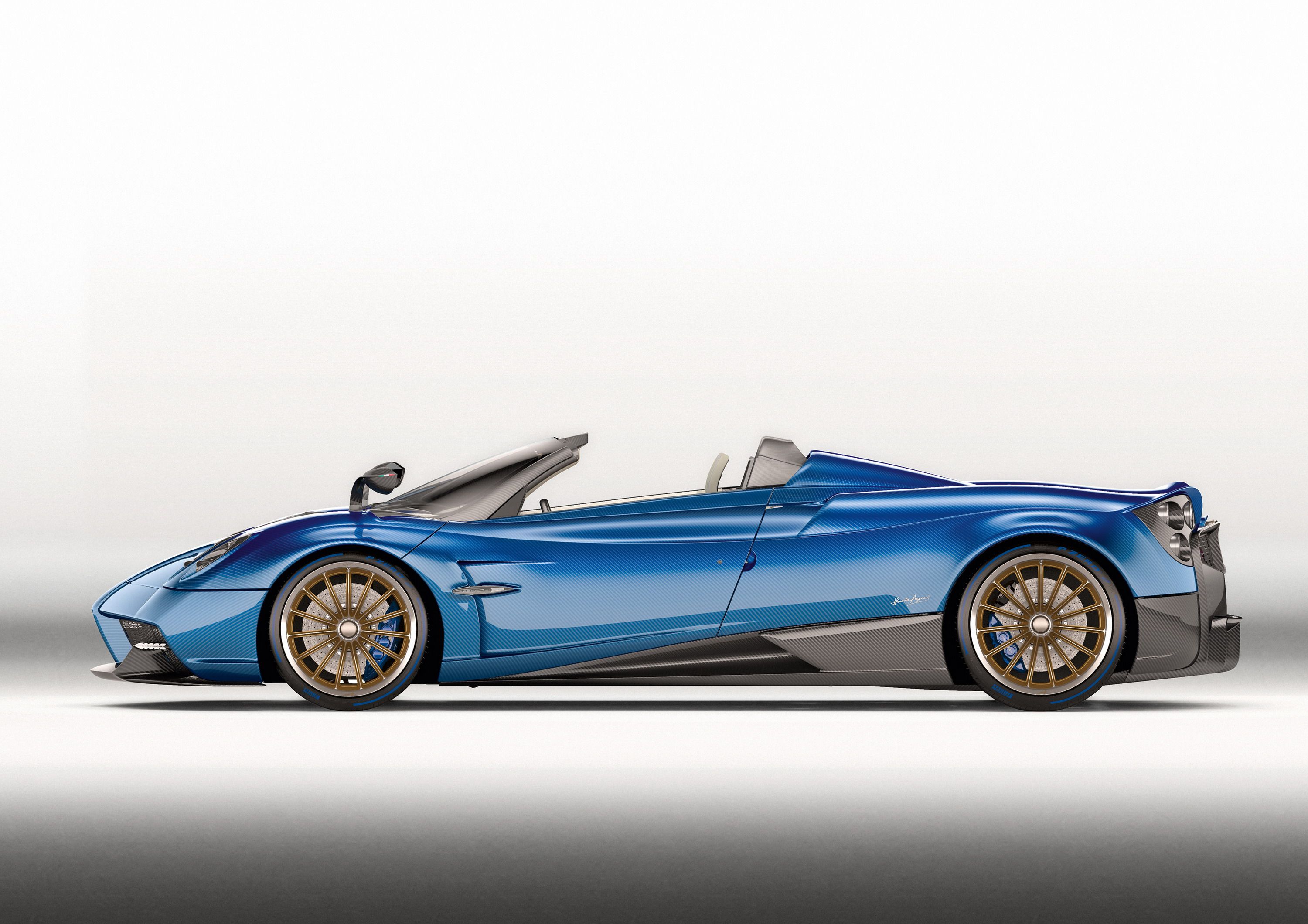Italian automaker Pagani is a rare breed in the supercar world. Unlike other exotic brands, Pagani has not only stayed relevant in the game, but it’s also thrived in it despite building only two models — the Zonda and the Huayra — in the last 20 years. The Italian automaker’s formula? Rebuilding existing Zondas and Huayras and turning them into unique one-off creations. The strategy has worked out well for Pagani as customers continue to ask unique and special modifications to the Huayra and the Zonda, and as long as the demand is there, Pagani is willing to oblige. It looks like that demand isn’t going away anytime soon so prepare yourselves for more one-off Huayras and Zondas to enter our lives in the future. Turns out, Pagani’s not done with either of these two models.
Pagani's Next Car Won't Be a New Car At All
Before any of you start to get excited about the prospect of owning your own brand-new Pagani Zondas or Pagani Huayras, a little word of order is important. Pagani isn’t building new models of the Zonda and Huayra. The Zonda, in particular, isn’t happening. That ship sailed a long time ago. After all, there’s a reason the Huayra exists; it was the Zonda’s replacement when it arrived in 2012. Don’t count on brand-new Huayras, either, because Pagani stopped production of that model last year.
The caveat here is that Pagani isn’t technically building new versions of the Zonda and Huayra. Instead, it can only build “new” models based on existing chassis.
Pagani founder Horacio Pagani mentioned this unique ecosystem in a conversation with Top Gear. According to Pagani, a lot of the company’s customers ask the automaker to perform modifications on their models. This is especially true for the Zonda owners, a lot of whom have requested to inject some life back to their aging supercars. This trend has also seeped into owners of the Zonda’s successor, the Huayra. “The era of the unique Huayra has begun,” Pagani said. “Right now, a customer who owns one of the very first Huayras has been asking to do some special additions, modifying it. We will deliver that in May 2019.”
If you’re followed Pagani long enough, you know that this phenomenon isn’t entirely new. The automaker has a history of recreating existing models and turning them into one-off models.
The Zonda Riviera is one example, but it’s far from the only one that we’ve covered over the years here at Top Speed. The Pagani Zonda Fantasma Evo is another example. Like the Zonda Riviera, the Zonda Fantasma Evo traces its roots to the Zonda F, which Pagani unveiled back in 2005. The one-off Fantasma Evo was also unveiled in 2017 as a heavily personalized version of a supercar that was actually 12 years old at that time. The Zonda Fantasma Evo also has one of the most unique histories of any Zonda that Pagani has built. It was the first right-hand drive Zonda F that Pagani built and It figured into a massive crash in Hong Kong in 2012 that received global attention. Even before this Zonda F became the Zonda Fantasma Evo, it already had an eventful life.
These examples perfectly illustrate why the Zonda and Huayra will remain relevant, just as they have been in the last 20 years.
This is why we still see numerous Zondas and Huayras rolling out of Pagani’s factory in Italy. They’re not all-new models; they’re new — and more exclusive — versions of existing models. It begs to wonder, then, how long Pagani can keep doing this. In the end, it’s all up to the customers. If they want to inject new blood into their Zondas and Huayras, all they need to do is link up to Pagani and the automaker will do the rest.
Knowing this, can you imagine, too, what’s in store for the Huayra’s successor?
Further reading
Read our full review on the 2018 Pagani Huyra Roadster.
Read our full review on the 2011 Pagani Huayra.


